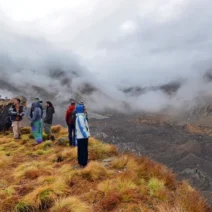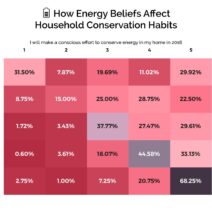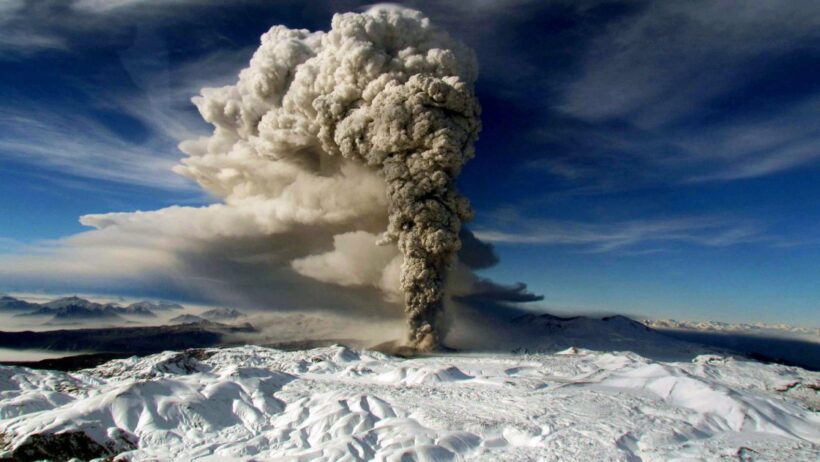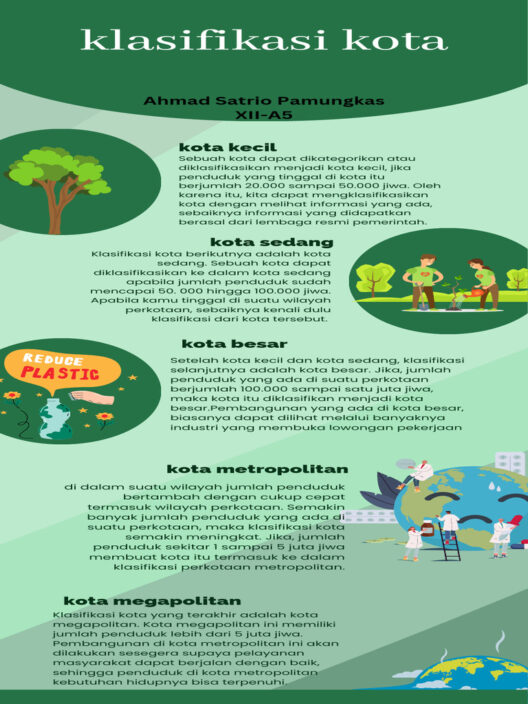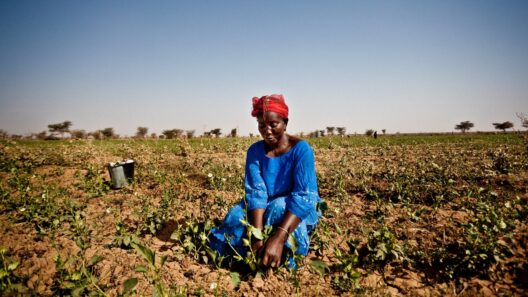Global warming, primarily driven by anthropogenic emissions of greenhouse gases, has profound implications for the Earth’s climate systems. Among the multitude of potential effects, one question that emerges is whether rising temperatures could trigger increased volcanic activity. To delve into this complex relationship, it is essential to comprehend both the nature of global warming and volcanic eruptions.
Firstly, volcanic eruptions are manifestations of the geodynamic processes occurring within the Earth’s mantle and crust. They arise from the movement of tectonic plates and the melting of rock due to geological activity. The most recognizable forms of volcanic eruptions include explosive eruptions, characterized by their violent outbursts, and effusive eruptions that result in the relatively gentle flow of lava. While it may seem that atmospheric changes wrought by global warming could influence these geological processes, the connection is not straightforward.
In fact, much of the research surrounding this topic remains in its nascent stages. One of the initial hypotheses is associated with the melting ice caps. The immense weight of glaciers exerts considerable pressure on the Earth’s crust. As these glaciers recede due to increasing global temperatures, the decrease in pressure could theoretically enable magma to rise more easily, thus triggering volcanic eruptions. This phenomenon is referred to as isostatic rebound, wherein the crust adjusts to the loss of weight, potentially leading to volcanic activity.
Regional studies have shown correlations between glacial melting and volcanic activity in specific areas, notably in Iceland, where the interplay of tectonic processes and glacial meltwater is observable. Iceland’s unique geological setting features a mid-ocean ridge where the North American and Eurasian plates diverge. As the glaciers retreat, so does the pressure exerted upon the underlying magma chambers, allowing for an increase in volcanic eruptions. This example serves as a microcosm of a broader hypothesis that warming temperatures could indeed catalyze volcanic activity in other regions, although the evidence is not yet definitive.
Moreover, the warming climate may also influence volcanic eruptions indirectly. Increased rainfall is a characteristic of a warming planet, and volcanic areas often experience substantial precipitation due to orographic lift—where humid air is forced upwards by geographical features. This increased moisture can lead to the formation of lahars—volcanic mudflows that pose significant hazards to communities situated near volcanoes. Therefore, while the direct linkage between global warming and volcanic eruptions remains ambiguous, the secondary effects of climate change present tangible risks associated with volcanic activity.
Conversely, some research posits that rising global temperatures may quell volcanic activity in certain instances. The Earth’s climate operates as a complex system where various elements can influence one another. For instance, as ocean temperatures rise, it affects mantle dynamics and can potentially lead to the cooling of the upper mantle in some regions. This cooling could stymie volcanic activity by solidifying magma, resulting in fewer eruptions over time. While this scenario might appear counterintuitive, it underscores the multifaceted nature of the relationship between volcanic activity and climate change.
Additionally, the interaction between volcanic eruptions and climate change can manifest in various forms. Volcanoes release vast amounts of ash and gases, particularly sulfur dioxide, which can have a cooling effect on the atmosphere. This phenomenon occurred following the eruption of Mount Pinatubo in 1991, which temporarily lowered global temperatures. However, these cooling effects are transient and do not counteract the long-term warming trend driven by greenhouse gases. Thus, while volcanic eruptions can provide short-term climatic reprieve, they do not offer a sustainable solution to global warming.
The implications of global warming on volcanic activity are crucial not just for geological science but also for disaster preparedness and climate adaptation strategies. Communities living in proximity to active volcanoes must remain vigilant as shifting climatic patterns could alter eruption probabilities and hazards. Enhanced monitoring systems and early warning mechanisms are essential in regions that are at risk, allowing populations to prepare for potential eruptions and minimize loss of life and property.
In summary, the intricate relationship between global warming and volcanic eruptions encompasses both direct and indirect pathways. Factors such as glacial melt and increased precipitation present avenues through which climate change could influence volcanic activity. Conversely, there are also scenarios suggesting that rising temperatures could suppress eruptions in some contexts. Given the inherent complexities of Earth’s climate systems, ongoing research is paramount to elucidate the nuances of these interactions.
The discourse surrounding climate change and geology reflects a broader imperative: understanding the interconnectedness of natural systems. As society grapples with the consequences of anthropogenic climate change, comprehending how such changes can affect geological phenomena will be essential. Enhanced scientific inquiry into these relationships will not only enrich our understanding but will also guide effective mitigation and adaptation efforts in the face of an uncertain future.
